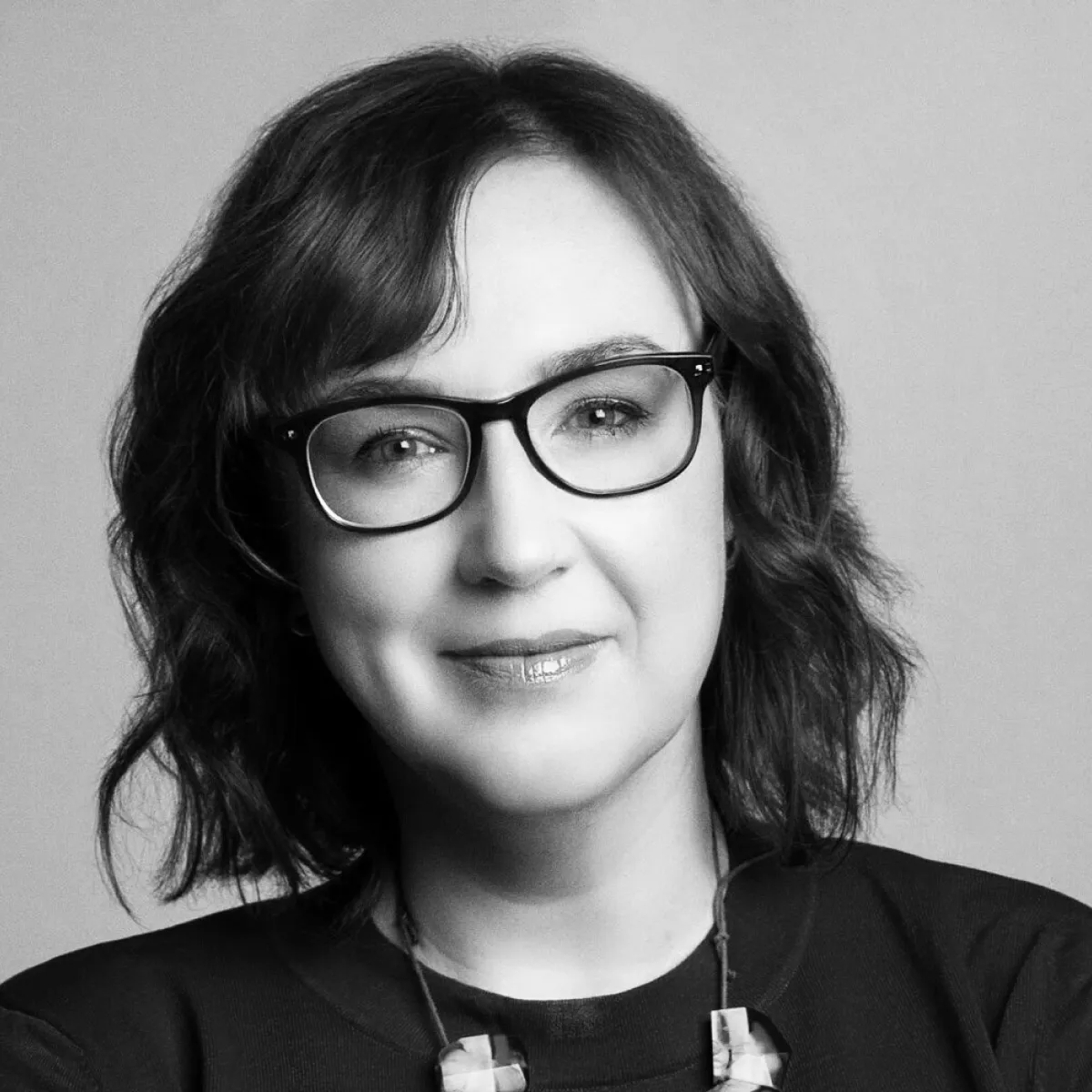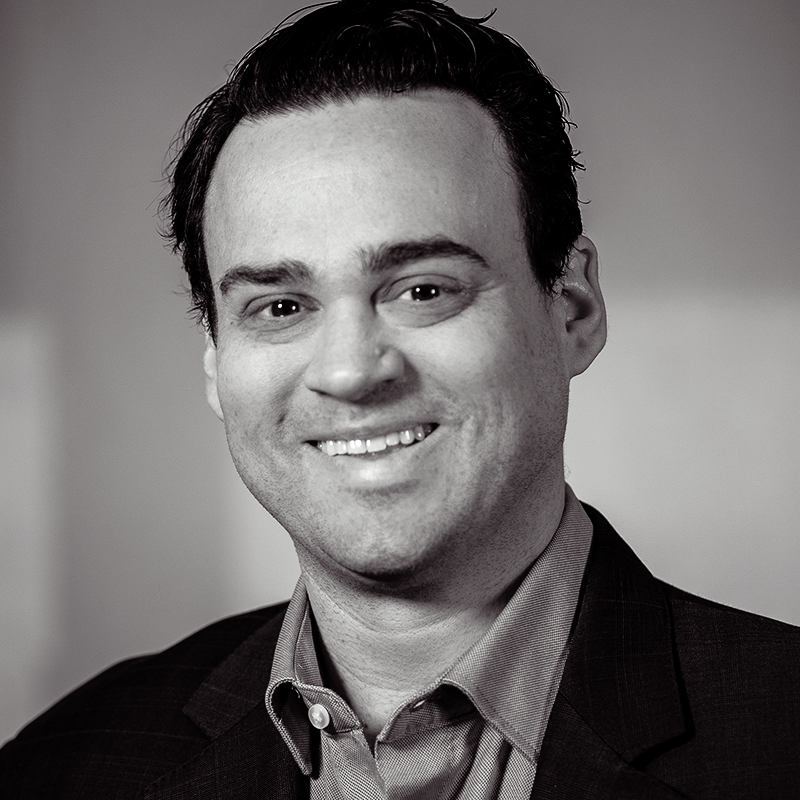Key Takeaways
- Employ your UX skills to architect your career in two stages: career audit and career strategy.
- Career audits include personal audit or user research, stakeholder interviews, career path analysis or competitor analysis, life constraints or technical constraints, and current positioning review or market analysis.
- The career strategy takes the career audit results and involves developing a vision, impact assessment, directions, and a path forward.
This post about how to use your UX skills to architect your career was originally run on our Aquent Australia blog. Here are a few other helpful UX guides: Advice For Planning Your Next Career Move in UX and The 5 Critical UX Designer Skills You Need To Advance and How To Create A UX Profile That Will Help You Land Your Dream Job. Visit these resources to learn more.
Many digital professionals float through their careers; sitting in a role that doesn’t suit them because it pays well, finding themselves redundant unexpectedly, or getting to the end of their tether, leaving a role, and taking anything that is offered.
But what if that wasn’t the case?
What if at every inflection point in their career, a person could use a process to help them work through the career decisions — to stay at the same role, leave, or get a promotion?
As digital professionals we already have the skills sets that we use every day in our client's or project work, where we assess digital capabilities, stakeholder opinions, the technical constraints and the users’ needs to create a strategy and plan for moving forward.
So why not apply these same techniques to our careers?
Here's my two-phased approach to consciously decide on the next steps of your career
- Career audit (the analysis phase) – where we understand who we are, our life constraints, what careers are available, and how we currently position ourselves
- Career strategy (the synthesis, strategy and planning phase) taking all the data from the career audit, to make decisions career vision, direction and positioning
Career Audit
Current State Analysis > Career Audit
- User research > Personal audit
- Stakeholder interviews > Stakeholder interviews
- Competitor analysis > Career path analysis
- Technical constraints > Life constraints
- Market analysis > Current positioning
The Personal Audit is the equivalent of User Research – where we look at ourselves reviewing our:
- Technical skills
- Strengths, weaknesses and never done
- Experiences
- Aspirations to see patterns and gaps in ourselves
The aim is to be as honest with ourselves, so we can reflect and learn from what we’ve done previously, as we move forward
The next step is Stakeholder Interviews; where we talk to the people in our lives to understand their opinions on our career and lives. People include mentors, previous bosses and co-workers, our current team, and friends and family. This analysis is two-fold; to elicit an outside opinion of our strengths and weaknesses, but also to understand how our career is affecting the ones closest to us.
We then do a Career Path Analysis, similar to a Competitor Analysis. We understand the landscape of roles and careers available to us by seeing what’s in the job market, talking to others in our profession, consider the many directions in our discipline like being a Practitioner/ IC, Manager or Consultant. We want to be as open to possibilities as possible, considering industries, roles and different types of organisations to help to decide on our path.
Life Constraints is similar to Technical Constraints. In a digital project (unless it is Greenfields) there are existing technologies that we need to take into consideration. In our lives, those considerations are:
- Family – what are the needs of our children, partner and our elders?
- Locations – are we willing to move?
- Health – do we have a disability or physical and mental health needs to take into consideration?
- Financial – do we have financial responsibilities that influence the next role we take?
Lastly, we do a Current Positioning review, a bit like a Market Analysis; understanding how we are thought of in the market. We describe our current positioning, whether it is for our technical expertise, working in an industry, or our managerial or consulting skills.
At the end of this work, we will have a good understanding of ourselves, the market, any constraints and the opportunities available to us. It is now time to create our strategy.
Career Strategy
Digital Strategy > Career Strategy
- Model development > Vision development
- Market assessment > Impact assessment
- Strategy options > Directions
- Strategy > Path forward
The Career Strategy process takes the Career audit results and helps work out the next steps.
We firstly develop the Vision for our career. Our vision is more about the way we want to work, the activities we want to do every day, how we feel about ourselves at the end of a week, and the values of people and organisations we work with.
It is not:
I want to work in Financial Services to make money
It is:
I want to work in an organisation that is fast-paced and always innovative; that I directly contribute to the organisational goals. I want to use my people and strategy skills every day, but am not on the tools.
The next two steps are done in conjunction with each other; Impact Assessment and Directions. We analyse the impact we want to make against the possible Directions that meet our vision.
Impact Assessments takes career audit results and maps the impact we could have in Digital, an industry, an organisation or in a role, against the categories of Doer, Expert, Leader and Change Maker.
For example, I have two possible Directions; an Information Architect and a Career Coach.
While recovering from cancer, being a Doer (an Information Architect) was the right level – it gave me the opportunity to recover, work 4 days a week and reduce my stress. While being a Change Maker in Career Coaching is right for me now, giving me the flexibility of work while supporting others in their goals.
Finally, we create a Path Forward, a strategy for where we want to go. There are three elements to consider in this plan.
- Positioning ourselves to move forward towards the direction — including doing the work, speaking and writing
- Networking, so the people in the industry know who we are and what we are looking for
- Creating an actionable 100 days plan
No vision and direction nowadays are for 20 years — looking ahead 1-3 years is probably the right timeframe. Using a framework to review our situations at inflection points, either in-depth or quickly, gives us peace of mind that we are heading along the right path. And if not, we can change course.
This blog post was originally run on our Aquent Australia blog.
Latest.

What makes challenger banks so popular and powerful today?
Consulting & Operations, Innovation & Emerging Tech, Marketing & Analytics, Financial Services

Budget planning for 2026: A guide for university CMOs.
Leadership & Management, Consulting & Operations, Marketing & Analytics, Government & Nonprofit, Higher Education

How smart manufacturing is redefining American industry.
Consulting & Operations, Engineering & Technology, Experience & Product, Innovation & Emerging Tech, Industrials, Technology






